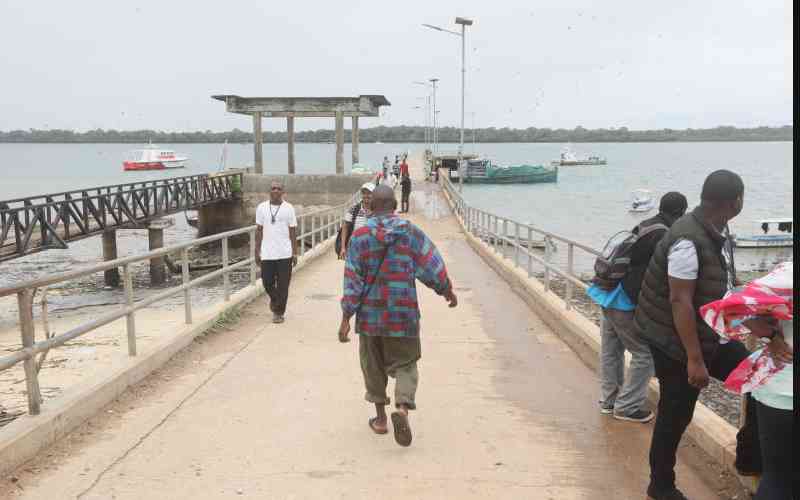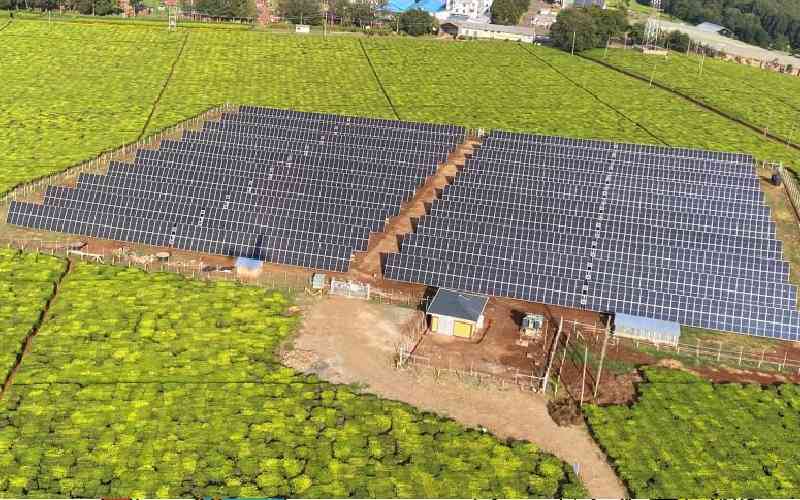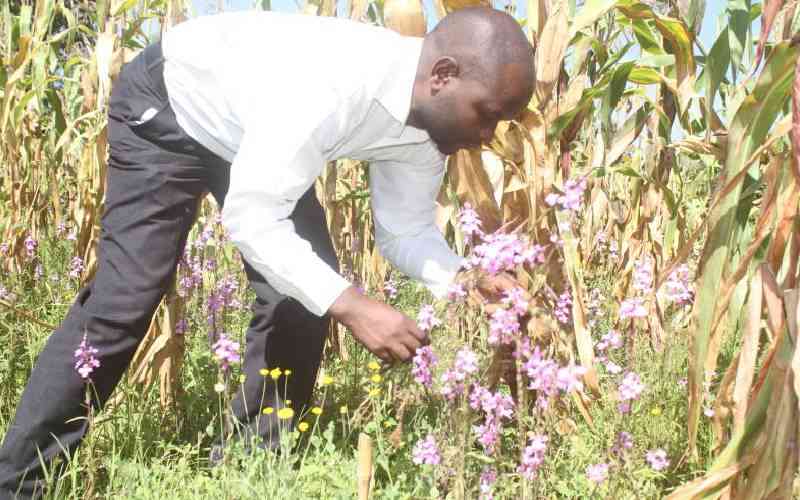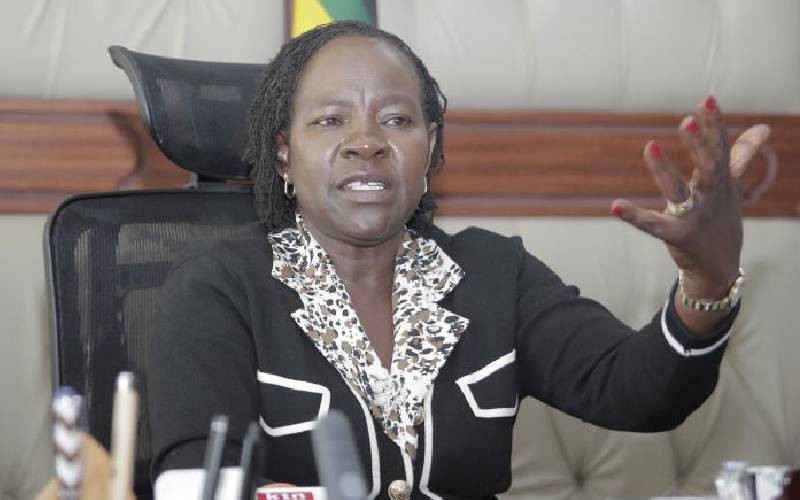
In today's interconnected world, where technology touches almost every aspect of our daily lives, a digital divide still exists. However, this unfortunate reality persists and demands urgent attention for the holistic development of societies and economies.
While technology shapes the routines of many, particularly the 29 per cent of Kenyans residing in urban areas, the majority of Kenyans living in rural areas who make up 71 per cent of the population still lack access to internet connectivity and digital devices, underscoring a profound digital disparity.
According to data from the Communications Authority of Kenya (CA), several factors contribute to this gap, including inadequate infrastructural development in underserved areas, high costs of data and internet services, and low digital literacy rates.
For instance, rural areas, home to agricultural and pastoral communities, often lack basic infrastructural necessities like electricity, hindering communication and connectivity even for those with basic feature phones.
Efforts to bridge this infrastructural gap are underway, with the government's last-mile connectivity program reaching its fourth phase this year. This initiative aims to provide affordable internet connections to households in rural and peri-urban areas, thus expanding internet infrastructure to more communities.
From a technology-centric standpoint, the lack of connectivity is often rooted in the absence of both physical and digital infrastructures. In regions lacking proper infrastructure, many individuals are unable to access digital services and content. This in turn impedes their engagement in the information society and acts as a barrier to overall development.
To address this, we need to expand digital infrastructure and ensure everyone has internet access. With this in mind, the big question is how we do this effectively.
The government's National Digital Master Plan 2022-2032 emphasises transitioning to a digital economy through pillars such as digital infrastructure, government services, skills development, and innovation. This blueprint aims to connect schools, health centres, government offices, and millions of households in underserved regions to the internet, enhancing digital access.
In tandem with government efforts, Airtel is continuously expanding its network footprint across the country. The rapid network expansion is aimed at enhancing the coverage and capacity of the Airtel network.
The government, the private sector and other related stakeholders must work together to ensure equal access to digital technologies and opportunities. By fostering partnerships and leveraging innovative solutions, we can collectively build a connected and equitable future.
The writer is Airtel Kenya managing director
 The Standard Group Plc is a multi-media organization with investments in media
platforms spanning newspaper print operations, television, radio broadcasting,
digital and online services. The Standard Group is recognized as a leading
multi-media house in Kenya with a key influence in matters of national and
international interest.
The Standard Group Plc is a multi-media organization with investments in media
platforms spanning newspaper print operations, television, radio broadcasting,
digital and online services. The Standard Group is recognized as a leading
multi-media house in Kenya with a key influence in matters of national and
international interest.
 The Standard Group Plc is a multi-media organization with investments in media
platforms spanning newspaper print operations, television, radio broadcasting,
digital and online services. The Standard Group is recognized as a leading
multi-media house in Kenya with a key influence in matters of national and
international interest.
The Standard Group Plc is a multi-media organization with investments in media
platforms spanning newspaper print operations, television, radio broadcasting,
digital and online services. The Standard Group is recognized as a leading
multi-media house in Kenya with a key influence in matters of national and
international interest.











